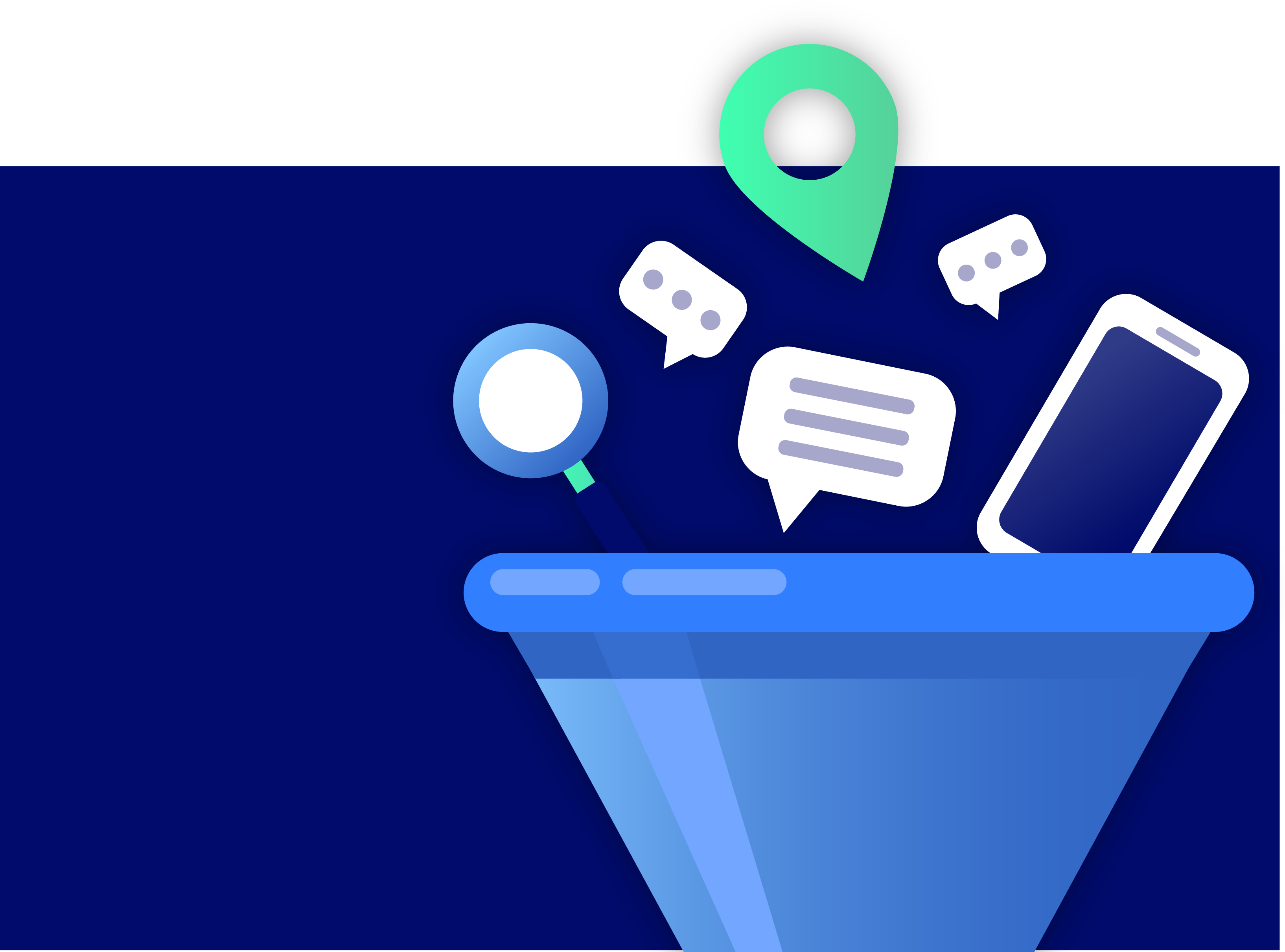
0%

Featured
Featured
Conversion Rate Optimisation: How to Write a Great Call to Action
5 Min Read
Conversion Rate Optimisation: How to Write a Great Call to Action
A call to action or “CTA” is a prompt on your website that asks users to take a specific action in order to achieve a goal set by the organisation. Most CTA’s are written as an immediate action, or request, such as “Sign Up Now” or “Buy.” in the form of buttons and hyperlinks. Every business owner and Digital Marketer wants their customer to take specific, measurable (SMART) actions when they arrive on a website. Having a clear CTA drives the required activity from your users in order to achieve the goals and actions you have set out.What is a Call to Action
Your call to action tells visitors what you want them to do, where they should click and what they should be buying. It is there to set the path to your end goal and turn a user into a customer. The most obvious example of a call to action that can be found on almost all eCommerce sites is a “Buy Now” button. There’s no definitive answer to which style of CTA works best, so A/B testing different styles and types is a good idea when you are first starting.Why is a Call to Action Important?
Telling someone what action to take after viewing your advertisement or seeing your content is easy. Making them feel motivated to follow through is the real challenge. “Buy now” or “Sign up here” covers the action, but it doesn’t provide a call that makes them feel invested in buying or signing up. A good CTA is important because it doesn’t just help you gain customers—it can help create loyal customers, too.Call To Action Benefits
A call to action is an important aspect of any webpage. Call-to-action links and buttons act as signposts telling users what they need to do next. Without clear CTAs, users may struggle to see the route to buying a product or signing up for a service. A compelling call to action should:Eliminate decision fatigue:
Simple directive statements tell your clients where to go and what to do next, simplifying the user journey.Directs your audience:
With a clear call to action, you reduce the risk of your audience clicking away from your page due to confusion or feeling overwhelmed.Improves conversions:
The more people you convince to follow your CTAs, the more leads, customers, and prospects you get. Something as simple as a button saying “Download Report” is enough to move a customer to the next stage in their buying journey.What Does a CTA look like?
A call to action is any button or hyperlink that indicates the next step your audience needs to take in your sales funnel. Some companies include multiple calls to action on a single page. Examples of a call to action include:- Click here to read more articles
- Share now on social media
- Sign up for our newsletter
- Start your free trial
- Pop-ups and slide-in content
- Purchase pages or checkout pages
- Ads
- End-of-page for articles or landing pages
- Side panels
- Persistent headers
What Makes a Compelling Call To Action?
There are countless tips available for creating effective CTAs. The best call-to-action content often comes from A/B testing various designs and words. However, a few best practices to follow with your CTAs may include:Exceptional design:
A brightly-coloured button or link that contrasts with the page design are excellent for attracting user attention.Proper placement:
Call-to-action content needs to be the most visible thing on the page. The location of the CTA should command attention.Clear benefits:
Effective CTAs are benefit-oriented. Highlight the advantages a user will access by completing a specific transaction.Actionable text:
Writing in the imperative clarifies a CTA. Action-driven text like “Start Your Free Trial” promotes conversions.Short length:
A CTA must be short enough to fit into button format. Stick to five words or less.How to Write Your Own Compelling Call to Action
While this nudge toward action can—and should!—be tested, optimized, and modified for years, you need a basic understanding of techniques for an effective call to action. It’s a bit more strategic than just slapping a Buy Now button anywhere on your site.Consider the Sales Funnel Stage
Funnel stages refer to the customers’ mindset on their path to purchase. It represents the marketing strategy used to turn prospects into paying customers. The goal is to map out the route to conversion and automate sales. Since you don’t have a salesperson on every marketing asset 24/7, CTAs encourage action. At a high level, a funnel consists of three parts:Top of the funnel:
The Awareness stage, where people learn about your productMiddle of the funnel:
The Interest and decision stage, where people are looking for solutionsBottom of the funnel:
This is the Action stage, where people are ready to buy This type of CTA analysis can also work well with the AIDA model which is made up of Attention, Interest, Desire and Action. With all CTA’s the offer varies depending on what stage of the funnel you are at. First-time blog post readers, for example, will respond differently to a Buy it Now CTA than an engaged email subscriber or a loyal customer who has likely purchased from your site previously.Make Low-Risk Offers Early
It should be easy for potential customers to engage with your business. People are more likely to click on a button that’s not going to cost them anything or rope them into anything. And you can lead them to a landing page giving you another chance to make a sale. By offering something of high value (like a free-with-purchase item or a discount) in return for something of relatively low value or effort (like a social follow or email signup), you give your customers the incentive to engage. Who doesn’t want something free just for following an Instagram page, or a 15% discount for signing up for a newsletter?Create a Sense of Urgency
When shoppers feel an opportunity is limited, they are more inclined to purchase. It creates a sense of urgency and triggers FOMO in all of us. A recent CXL study showed that adding a sense of urgency increased conversion rates by 332% for one online seller. It’s no wonder you see it in retail store displays all the time. Like end-of-season sales that run for a week or products only available seasonally. The same can be applied to your eCommerce store. For instance, if you highlight a stock level or include wording like “Buy now—only on sale until midnight,” then you’re building on that sense of urgency.Get Colourful
While there’s no definitive button colour that converts best, it’s important to make sure you’re using a colour that resonates with your visitors—and reflects your brand. The way to figure that out is by using A/B testing. Create a few versions of the same ad using different colours and see which ad generates a higher click-through rate. Here are a few tips to consider when determining which colour to use for your CTA:- Use white space around your CTA to make it clear where to click
- Select a colour different enough from the background so it stands out
- Don’t make it too crazy with colours and animation—simplicity is your friend


